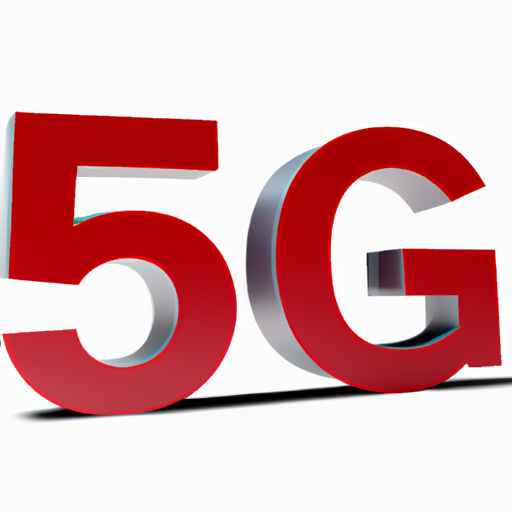5G Technology is revolutionizing the way we connect, communicate, and experience the digital world. As the fifth generation of mobile network technology, 5G promises faster speeds, lower latency, and the capability to connect a vast number of devices. In this post, we will explore the key features, benefits, and applications of 5G technology and its transformative impact on our daily lives.
What is 5G Technology?
5G stands for the fifth generation of mobile networks. Unlike its predecessor, 4G, which was largely about enhancing mobile internet speeds and user experiences, 5G focuses on connecting not just smartphones, but also a multitude of devices and systems, paving the way for the Internet of Things (IoT).
Key Features of 5G Technology
- Higher Speeds: 5G can deliver speeds up to 100 times faster than 4G. This means faster downloads, seamless streaming, and improved overall user experience.
- Lower Latency: With latency as low as one millisecond, 5G enables real-time interactions, crucial for applications like remote surgery and autonomous vehicles.
- Massive Device Connectivity: 5G can support over a million devices per square kilometer, which is essential for smart cities and extensive IoT networks.
- Enhanced Reliability: 5G technology offers a more stable connection, reducing dropped calls and improving the overall user experience in crowded areas.
Benefits of 5G
The transition to 5G technology brings numerous benefits:
- Enhanced User Experience: Users can enjoy faster browsing, download large files in seconds, and stream high-definition content without buffering.
- Improved Business operations: Businesses can utilize 5G to leverage real-time data, enhance communication with remote teams, and adopt advanced technologies like AR and VR.
- Smart Cities: 5G enables the deployment of smart sensors which can improve traffic management, energy consumption, and public safety.
- Innovation: The speed and connectivity offered by 5G can fuel innovation across various sectors including healthcare, education, agriculture, and entertainment.
Applications of 5G Technology
5G technology is set to impact various sectors in a multitude of ways. Here are some notable applications:
- Healthcare: Remote surgeries and telemedicine are made possible with real-time data transfer and low latency.
- Transportation: Autonomous vehicles rely on 5G for real-time communication and navigation.
- Entertainment: Offerings such as augmented reality (AR) and virtual reality (VR) gaming require high-speed connections that only 5G can provide.
- Manufacturing: Smart factories can enhance productivity by using connected devices to monitor operations in real-time.
The Future of Connectivity
As we delve deeper into the capabilities of 5G technology, it’s evident that it will play a crucial role in shaping the future of connectivity. It will not only enhance our current experiences but also pave the way for innovative solutions that we can only begin to imagine today. The rollout of 5G networks globally signifies a new chapter in how we connect and interact with the digital world.
In conclusion, 5G technology holds the promise of revolutionizing connectivity across numerous domains. Whether it’s enabling a smart city or enhancing healthcare delivery, the applications are vast and significant. It’s time to embrace this monumental shift in technology and explore the possibilities it brings!
For more insights on technology trends, stay tuned to our blog!




